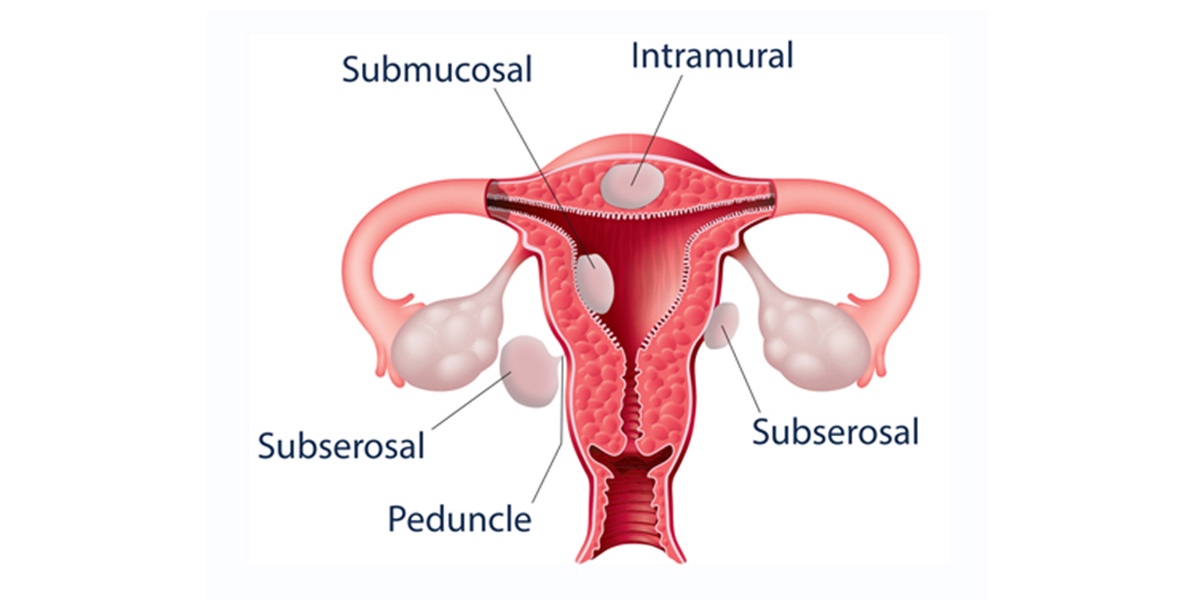The UFE procedure was first introduced in the 1990s as a less invasive alternative to traditional surgery for uterine fibroids. In the past, the only treatment options for fibroids were either a hysterectomy, which involves removing the entire uterus, or a myomectomy, which involves surgically removing the fibroids. However, these procedures require general anesthesia, longer hospital stays, and longer recovery times.
Procedure of UFE
With UFE, a radiologist inserts a small catheter through a small incision in the groin and guides it to the uterine arteries that supply blood to the fibroids. The radiologist then injects tiny particles, often made of polyvinyl alcohol (PVA) or tris-acryl gelatin microspheres, into the artery to block the blood flow to the fibroids.
The procedure is done under local anesthesia and typically takes between 1-2 hours. Patients may experience some discomfort during the procedure, but it is usually well-tolerated. After the procedure, patients may experience some cramping and discomfort, but these symptoms can usually be managed with over-the-counter pain medication.
Advantages of UFE
One advantage of UFE is that it is a less invasive procedure compared to traditional surgery, which means that it has a shorter recovery time. Most women are able to resume their normal activities within 1-2 weeks after the procedure. Additionally, UFE preserves the uterus and may be a better option for women who wish to maintain their fertility.
Studies have shown that UFE is just as effective as surgery in relieving fibroid symptoms. In fact, UFE has been shown to provide long-term relief of symptoms, with up to 90% of women experiencing improvement in their symptoms.
While UFE is generally considered safe, like all medical procedures, it does carry some risks. The most common side effects of UFE Treatment are mild to moderate pain, cramping, and nausea. More serious complications, such as infection, blood clots, or damage to surrounding organs, are rare but can occur.
Conclusion
In conclusion, uterine fibroid embolization is a minimally invasive procedure that involves blocking the blood supply to the uterine fibroids to cause them to shrink and die. It is also called uterine artery embolization because the procedure involves blocking the uterine arteries that supply blood to the fibroids. While UFE has several advantages over traditional surgery, it is not appropriate for all women with uterine fibroids. Women who are considering UFE should talk to their healthcare provider to determine if it is the right option for them.


No comments yet